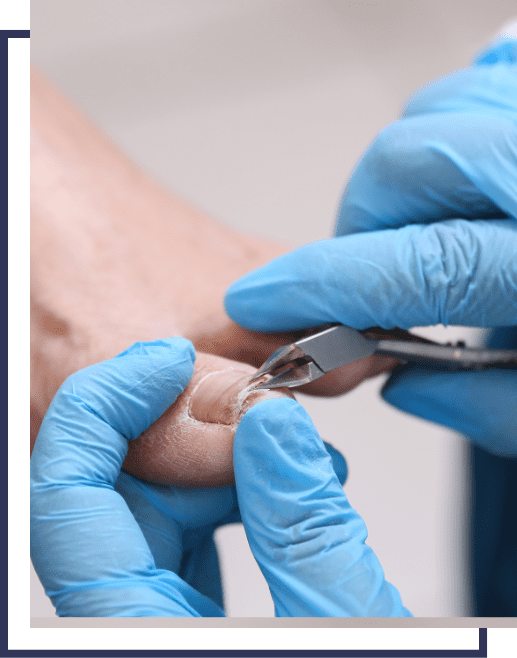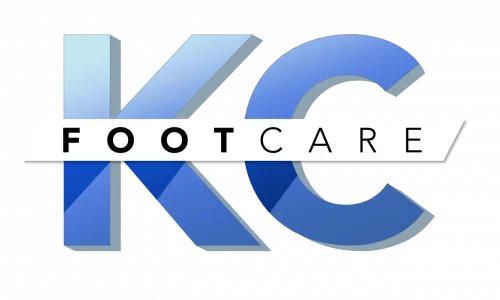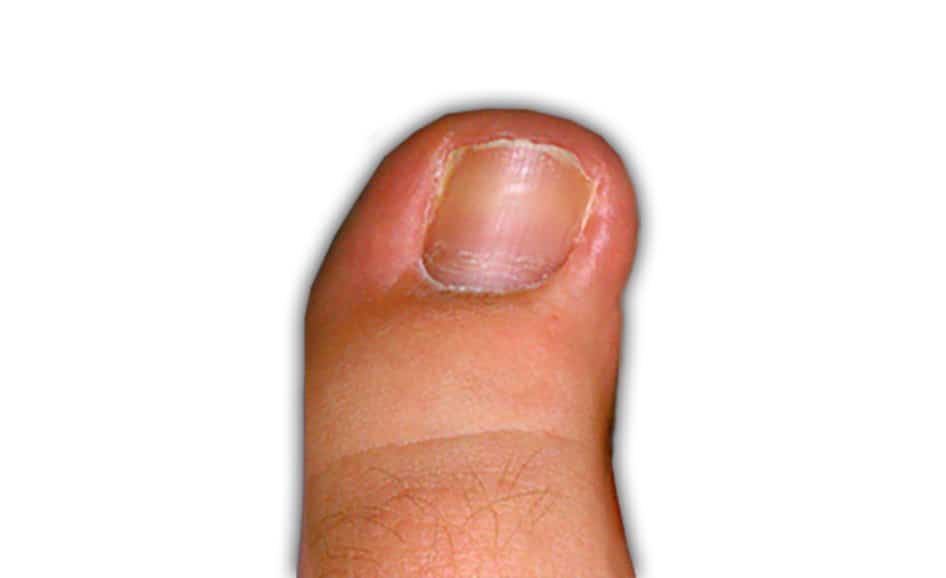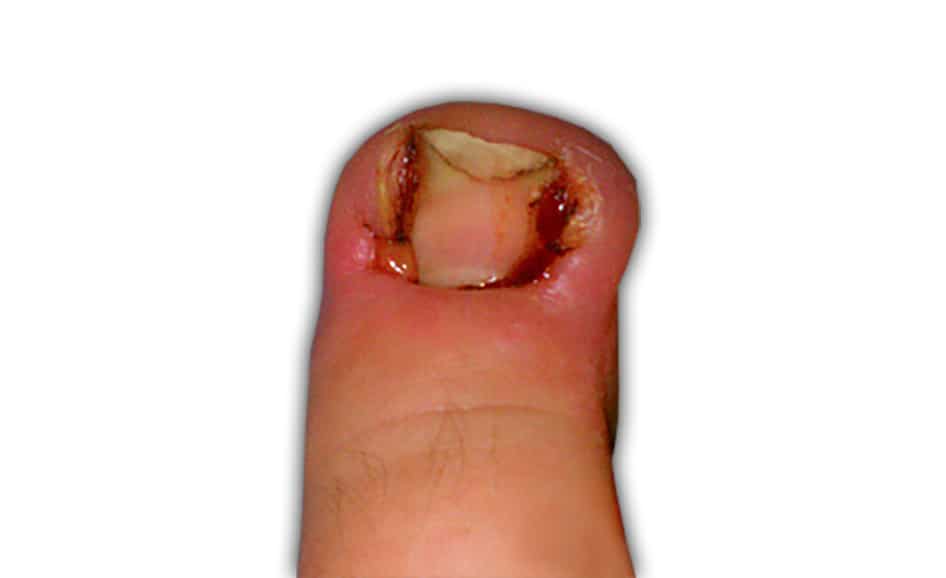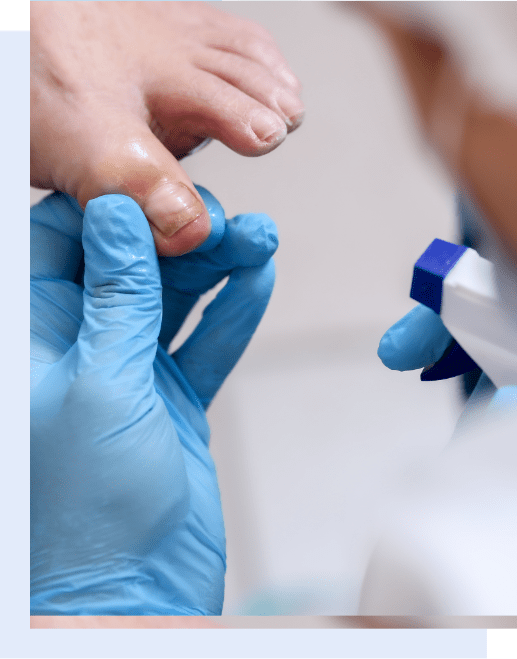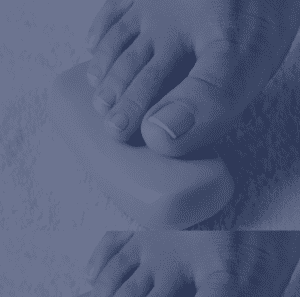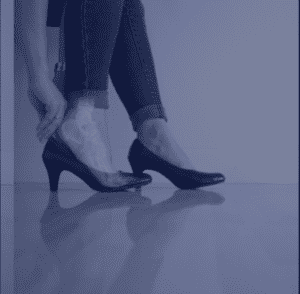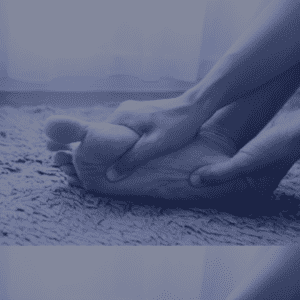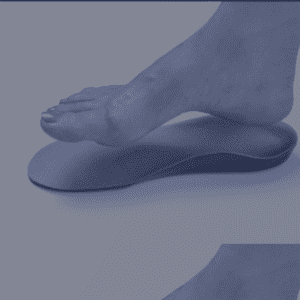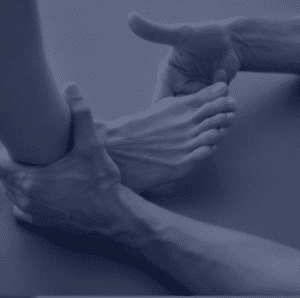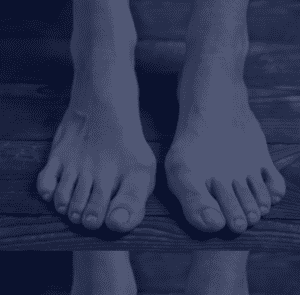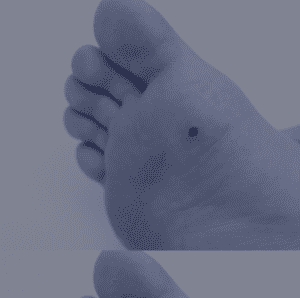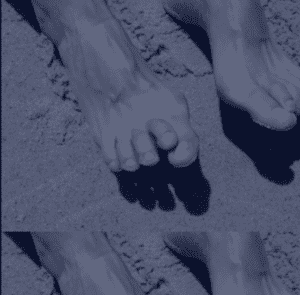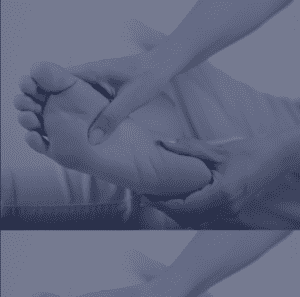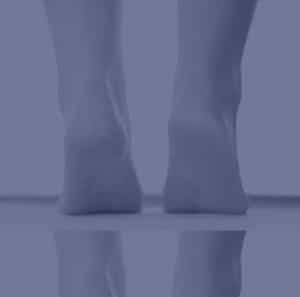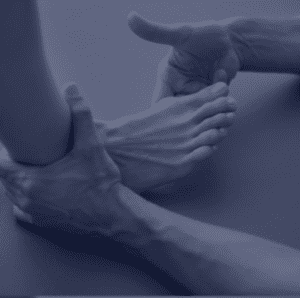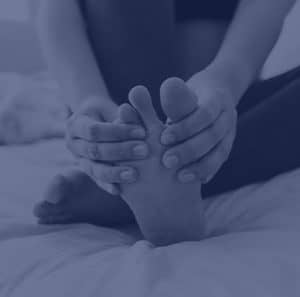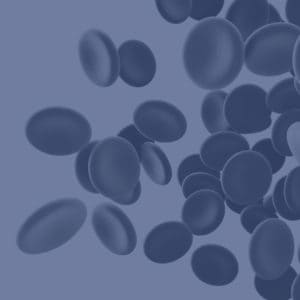INGROWN TOENAILS KANSAS CITY OVERLAND PARK
Don’t suffer with Ingrown Toenails
Same day appointments available
about Ingrown Toenails
Overview
Ingrown toenails are very common. They are generally heredity and can also be caused by incorrect cutting of the nail itself. It’s a very
painful condition that occurs when the nail grows into the skin as this occur’s the skin around the nail become’s red and swollen, this cause’s the problem to get worse.In 37 years in practice we have treated thousand’s successfully.
In 37 years in practice we have treated thousand’s successfully.
Home treatment’s should start with soaking the foot in Epsom salts for 20 minutes, this will hopefully reduce the swelling and reduce any discharge from the toe. Apply OTC topical antibiotic ointment is also recommended.You can stick a small piece of cotton under the nail edge to lift the nail so it can grow over the skin.If you’re not seeing improvement with the first 3 to 5 days or it is getting worse, you need to call us.
